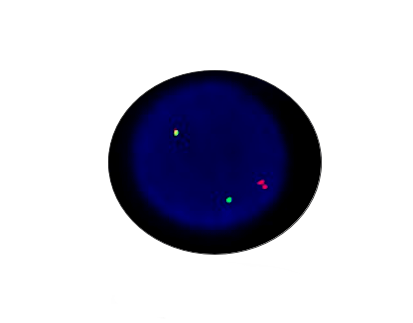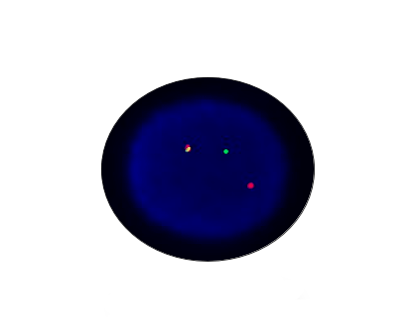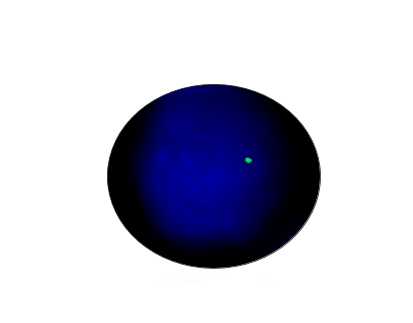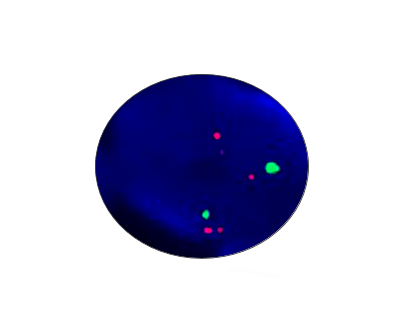 PRODUCT CATEGORY
PRODUCT CATEGORY
CONTACT US
1p/19q Deletion Detection Kit
Clinic Signification:
1.Oligodendroglioma shows specific genetic changes.
2.The most common genetic alteration is the loss of heterozygosity on the long arm of chromosome 19 (19q), which the common deletion region is located at 19q13.3 with an incidence of 50% to 80%.
3.Followed by the loss of heterozygosity on the short arm (1p) of chromosome 1, the incidence rate is 40% to 92%.
4. Oligodendroglioma with loss of chromosome 1p heterozygosity or simultaneous loss of 1p/19q is sensitive to chemotherapy, but loss of chromosome 19q heterozygosity is insensitive to chemotherapy.
5. 100% of cases with loss of heterozygosity on chromosome 1p/19q are 100% sensitive to the chemotherapy of PVC (procarbazine, lomustine, vincristine), with an average survival of 10 years. But the average number of cases without such genetic changes survival is only 2 years.
6. 1p/19q loss of heterozygosity is an independent and significant prognostic impact factor, even in relapsed cases with a relatively good prognosis.
Contrast
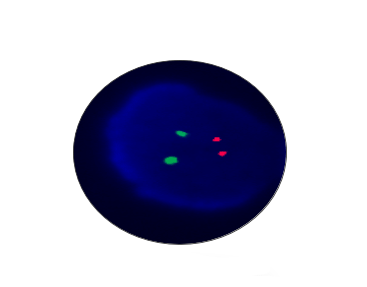
19q13 Deletion
More Info
Probe Description: p36/1q21;19q13/19p13
Cat.No.: CF1110
Specification: 10 tests/box, 20 tests/box
Related Product







 PRODUCT CATEGORY
PRODUCT CATEGORY




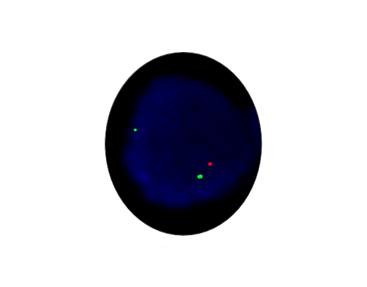

 Chat
Chat

 message
message

 Quote
Quote

